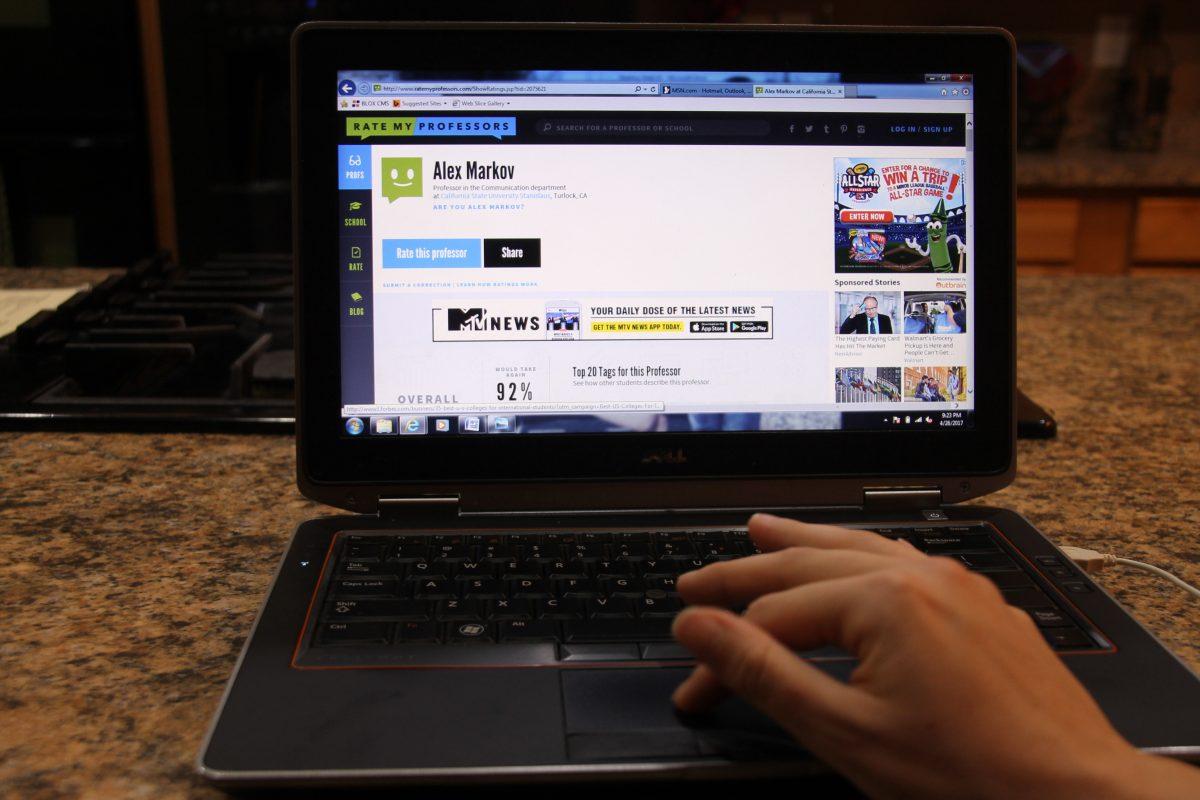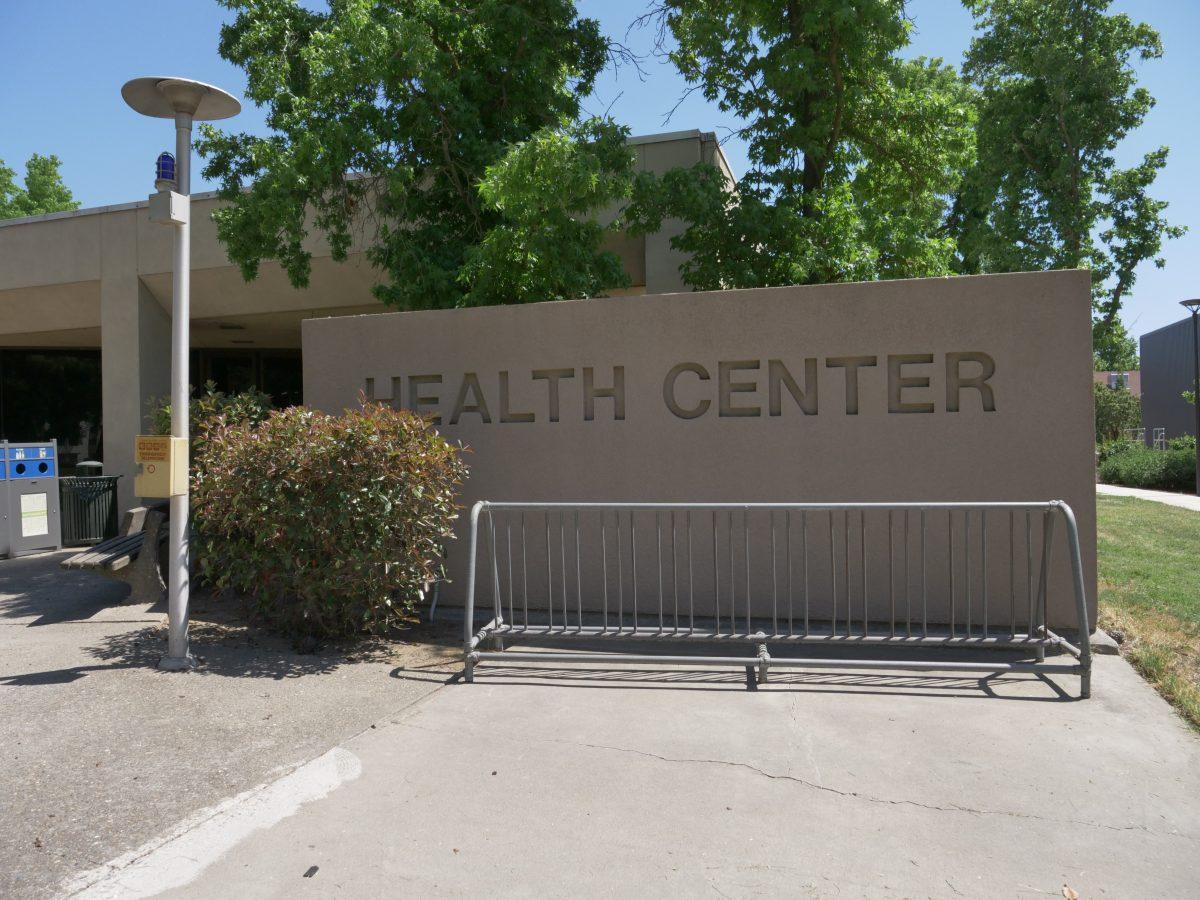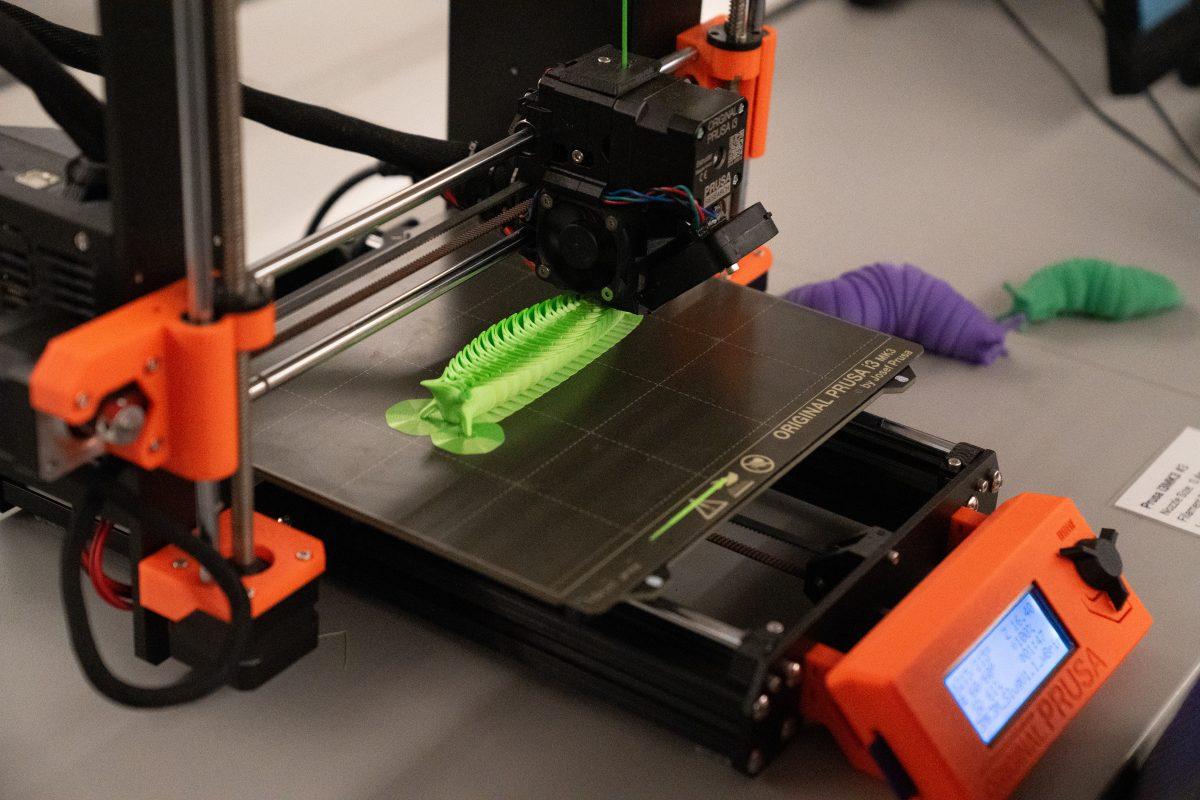Whether it is for Rate My Professor or end of the semester student evaluations, it can be said that students desire to dialogue with their peers and professors. There are pros and cons to both forms of reviews.
A site like Rate My Professor, which relies heavily on the reviews of students who have taken a certain course from a professor, uses a rating system akin to Amazon or Yelp in order to assess the “product,” so to speak, for future purchasers.
On the other hand, student evaluations given to California State University Stanislaus, (Stan State) students at the end of each semester can also serve the purpose of providing students with a better product in semesters to come.
Alex Markov, a second year Stan State communications professor, noted that both outlets serve a purpose.
“The idea of Rate My Professor versus a more formal evaluation process that’s related to the institution, I think both of those could be useful sources of information,” Markov said.
According to Markov, a pro of the “relatively blunt instrument” that is Rate My Professor lies in the simplicity of the site.
“You don’t have to sift through a ton of information, your score on Rate My Professor is a number,” Markov said. “You also get those tags, the most commonly applied tags. Again, it’s a way for a site like Rate My Professor to help present information that it’s kind of pulling together behind the scenes in a way that’s useful for everyone.”
Brionna Freitas (senior, Business Administration) agreed that Rate My Professor is an “extremely easy and convenient” website to use when the stress of choosing classes is a factor.
“If you need to take a course and there are multiple instructors that teach that course, Rate My Professor is one way to narrow down your options,” Freitas said. “Rate My Professor took away some of that uncertainty when it comes to picking your professor.”
Jose Godinez (senior, Business Administration) remarked that yet another pro of Rate My Professor is its ability to characterize professors teaching methods as well as what the professor is looking for.
“I also think it is an advantage for us because some students leave a little summary of the course’s objectives and assignments,” Godinez said. “I use Rate My Professor to check and see if the professor is tough or easy-going. I think many professors don’t take into consideration that most students work full time and go to school.”
However, the Stan State evaluations also serve a purpose. Often they are the factor that determines which professors will continue to teach at Stan State, Markov stated. The pool of student reviews drastically increases from the somewhat forced process.
“The idea of evaluations, when you submit that data it gets weighted and controlled for things,” Markov said.
Such factors include the student’s level of discipline, when and for how long the class meets and learning outcomes and objectives.
Markov stated that this data is used to “adjust the student’s scores” to compare and contrast the professors and student’s perceived learning outcome.
But, the communications professor remarked that very few students actually take the time to comment on the back of the evaluations, which could be a potential con to the process.
“The only people who take the time to provide a review, whether it’s a review for a professor or a product, are people who are extremely happy with the product or extremely upset with the product,” Markov said.
Students using sites like Rate My Professor might be more likely to use the opportunity as a “vent session.” Markov said that he has received more written comments on his Rate My Professor page that have allowed him to identify a few areas he could improve upon.
“I usually don’t write any comments in the comment section of the evaluations unless the professor was absolutely horrible or absolutely amazing. If they were just a normal professor I would skip out on writing a comment,” Freitas said.
The student evaluations are not as accessible as Rate My Professor, but in some cases that might be to the student’s advantage.
By her junior year, Freitas said that she stopped using Rate My Professor to find out more about her professors.
“I would avoid using the site because it would cause me anxiety knowing I was enrolled in a class that has a professor with horrible reviews and that there was nothing I could do about it because there were no other options,” Freitas said. “I was dreading the first day of class because I already had formed an opinion on a professor that I had never even met before.”
Freitas also stated that yet another con of the site was the unreliable information given by students who might often blame their instructor for their failing grade within the course.
“I have used this website to get a sense of how professors teach their classes. I also get a sense that people who do poorly in the class are the ones who leave their negative feedback of the professor,” Godinez stated.
Markov used a metaphor to summarize what the process of course decision making and evaluation might be like in the eyes of students: “The internet is this flood of information, this beautiful river, but by the time it gets to you and you’re looking for your professor’s score it’s like a little trickle of water in the sand.”
Although a solution to provide feedback to every faculty member and student might not be attainable, Markov suggested taking more time to research “mediocre reviews” as a way of better understanding a professor and his or her methods of teaching.
Categories:
Let’s review: The pros and cons of evaluations
Kristen Dias
•
May 3, 2017
Alex Markov’s Rate My Professor page, which assesses his personality, teaching style and other various qualities as a professor at Stan State. (Signal Photo/Kristen Dias)
0
Donate to Signal
Your donation will support the student journalists of California State University, Stanislaus. Your contribution will allow us to purchase equipment and cover our annual website hosting costs.
More to Discover








